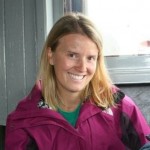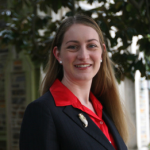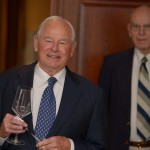
IMAGE: Top slide illustrates an older bone, where fracture repair is slower and can lead to deposits of weak fibrotic tissue. Bottom slide shows rejuvenated fracture repair from exposure to a youthful circulation; the rate and amount of bone tissue deposited is enhanced.
DURHAM, N.C. – Broken bones in older people are notoriously slow to heal, but researchers at Duke Medicine have identified a potential way to speed the process.
In studies using mice, the researchers not only traced what signals go wrong when aged bones heal improperly, they also successfully manipulated the process by both circulating blood and transplanting bone marrow from a young mouse into an older mouse, prompting the bones to heal faster and better.
The findings, reported in the xx issue of the journal Nature Communications, address one of the largest problems draining health care resources. According to the Centers for Disease Control and Prevention, fractures are the most common and costly nonfatal injuries to adults over age 65. They account for more than one-third of that population’s nonfatal injuries, and 61 percent of total nonfatal care costs.
The work builds on earlier research by the Duke-led team and others, which identified an important role for a protein called beta-catenin in the rejuvenation process. The protein requires precise modulation for successful bone fracture repair. In older people, beta-catenin levels are elevated during the early phases of bone repair, leading to the production of tissue that is more like scar than bone, which is not good for bone healing.
Using mice as a surrogate for humans, the researchers found that they could manipulate beta-catenin levels by exposing older animals to the blood circulation of younger animals, essentially correcting the intricate formula necessary for healthy bone repair.
“It’s not that bone cells can’t heal as efficiently as we age, but that they actually can heal if they are given the right cues from their environment,” said senior author Benjamin A. Alman, M.D., chair of the Department of Orthopaedic Surgery at Duke University School of Medicine. “It’s a matter of identifying the right pathway to target, and that’s what’s exciting about this work.”
The researchers replicated the findings using bone marrow cell transplantation between young and old mice, again demonstrating that young hematopoietic cells are able to recalibrate the beta-catenin signaling during early fracture repair, restoring healthy bone-healing in old mice.
Alman said the findings suggest that drug therapies may be able to decrease beta-catenin levels or modulate the inflammatory process to improve fracture repair, both in older adults and perhaps in people who have received bone implants.
“The next steps are to figure out what’s making beta-catenin go up in older adults, so that we can target that cause,” Alman said, “and to explore drugs that can be used in patients to change beta-catenin levels safely and effectively.”
In addition to Alman, study authors include Gurpreet S. Baht; David Silkstone; Linda Vi; Puviindran Nadesan; Yasha Amani; Heather Whetstone; and Qingxia Wei.
The study received funding from the Canadian Institutes of Health Research and from Duke. The work was done at Duke and the Hospital for Sick Children in Toronto.



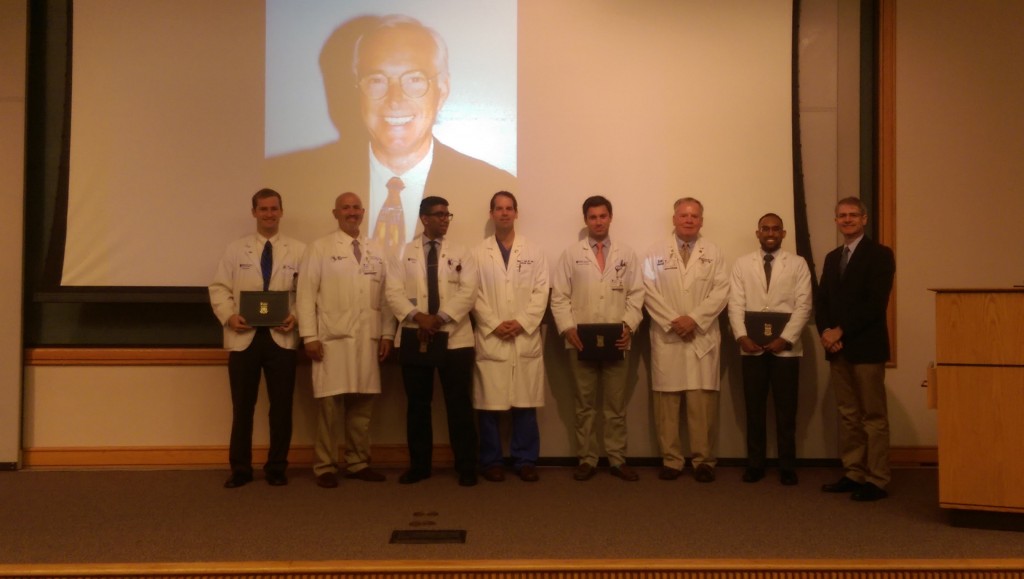

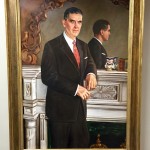


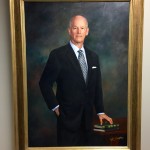

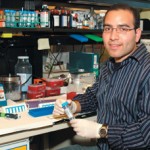 Durham, N.C– Dr. Mohamad Halawi has one of the Chief Residents has been awarded a prestigious award and is headed to Switzerland in 2016-2017 for a fellowship. Awarded the Hip Society Maurice E. Muller European Fellowship, Dr. Halawi will be in Switzerland for 6 months between 2016-2017. Dr. Halawi will be studying open hip preservation techniques to help him further expand his knowledge. We would like to congratulate Dr. Halawi on his achievement.
Durham, N.C– Dr. Mohamad Halawi has one of the Chief Residents has been awarded a prestigious award and is headed to Switzerland in 2016-2017 for a fellowship. Awarded the Hip Society Maurice E. Muller European Fellowship, Dr. Halawi will be in Switzerland for 6 months between 2016-2017. Dr. Halawi will be studying open hip preservation techniques to help him further expand his knowledge. We would like to congratulate Dr. Halawi on his achievement.



